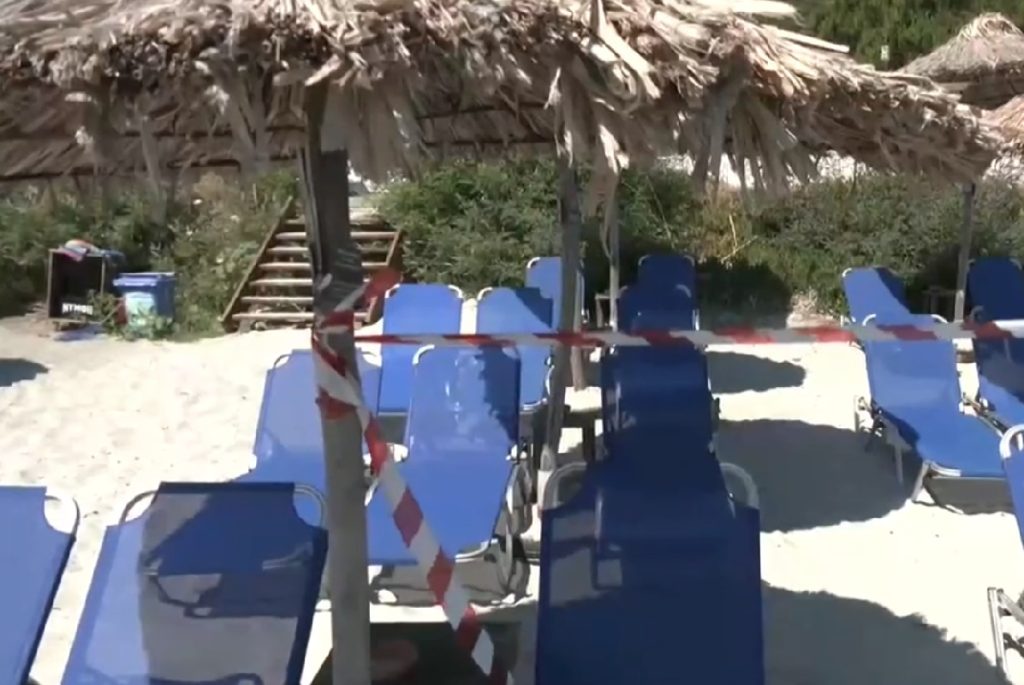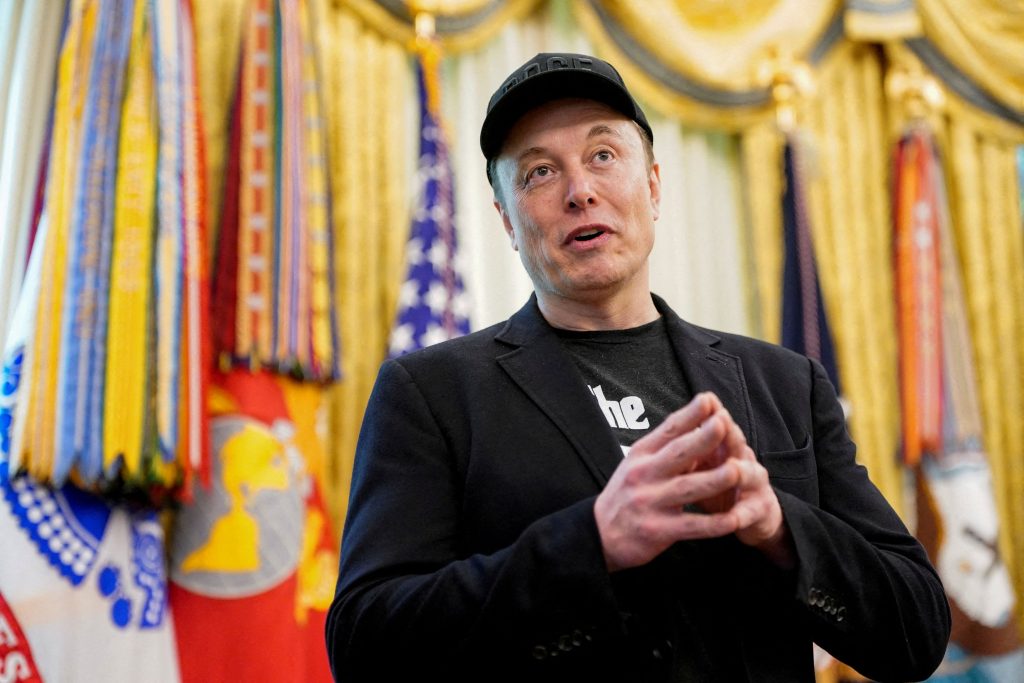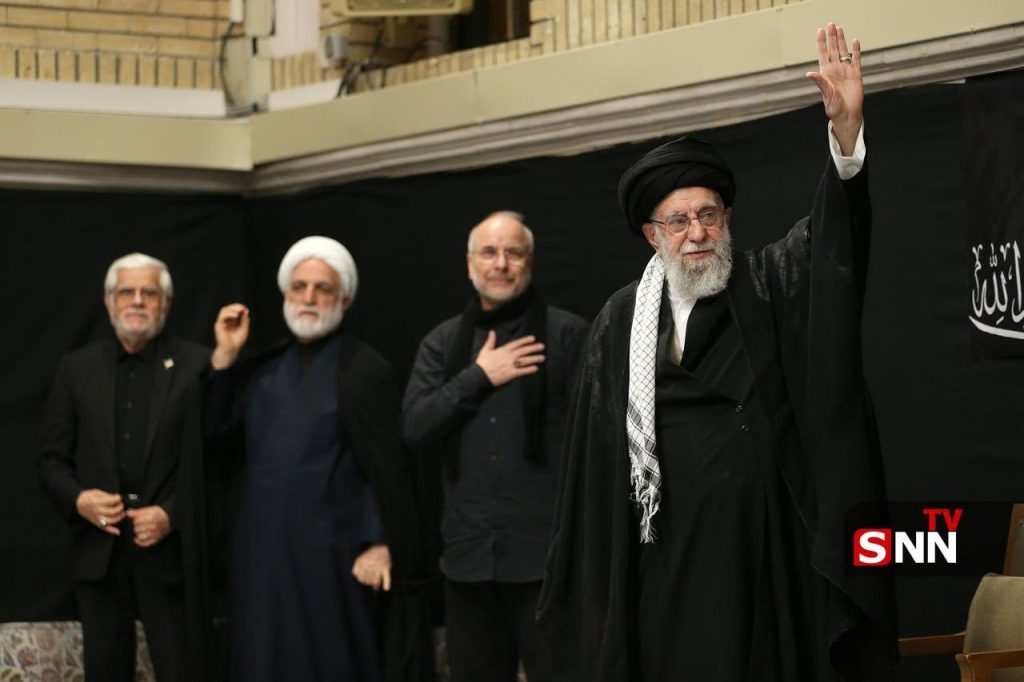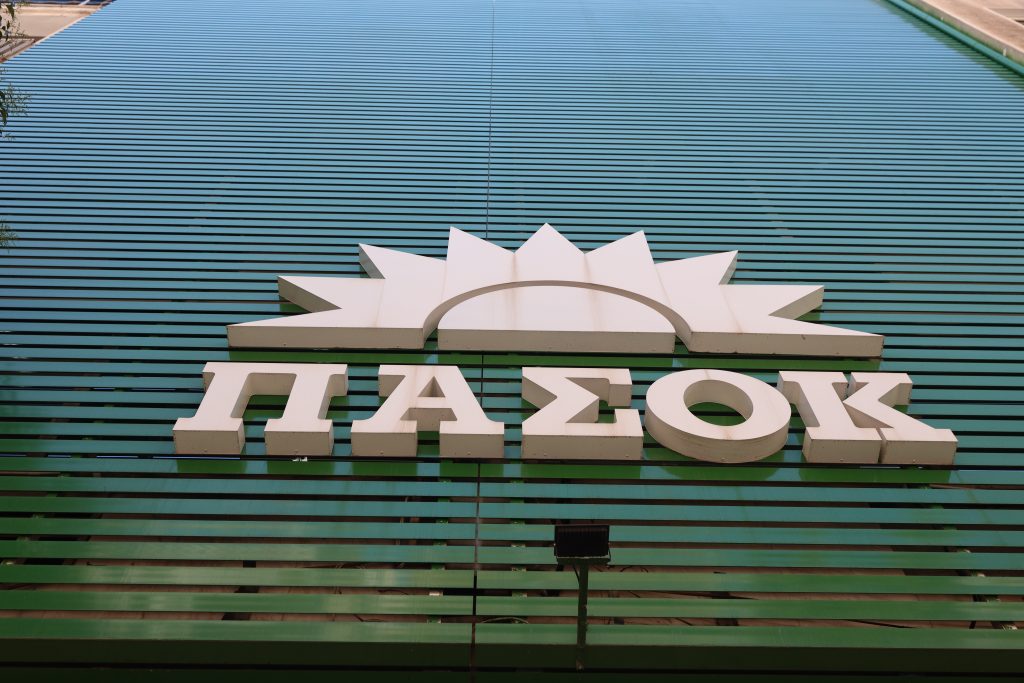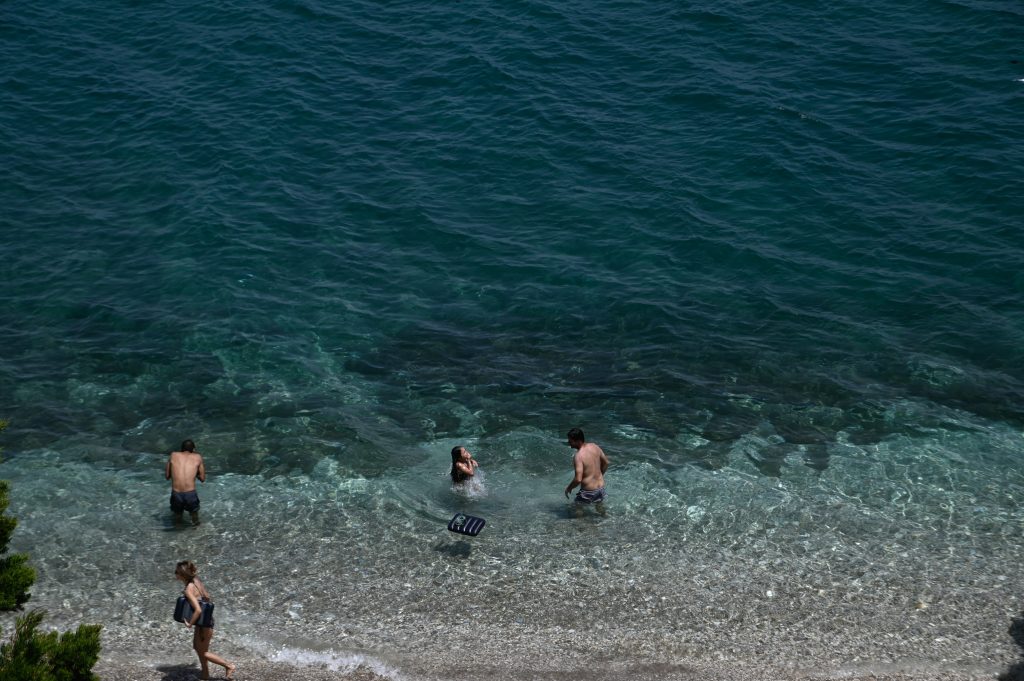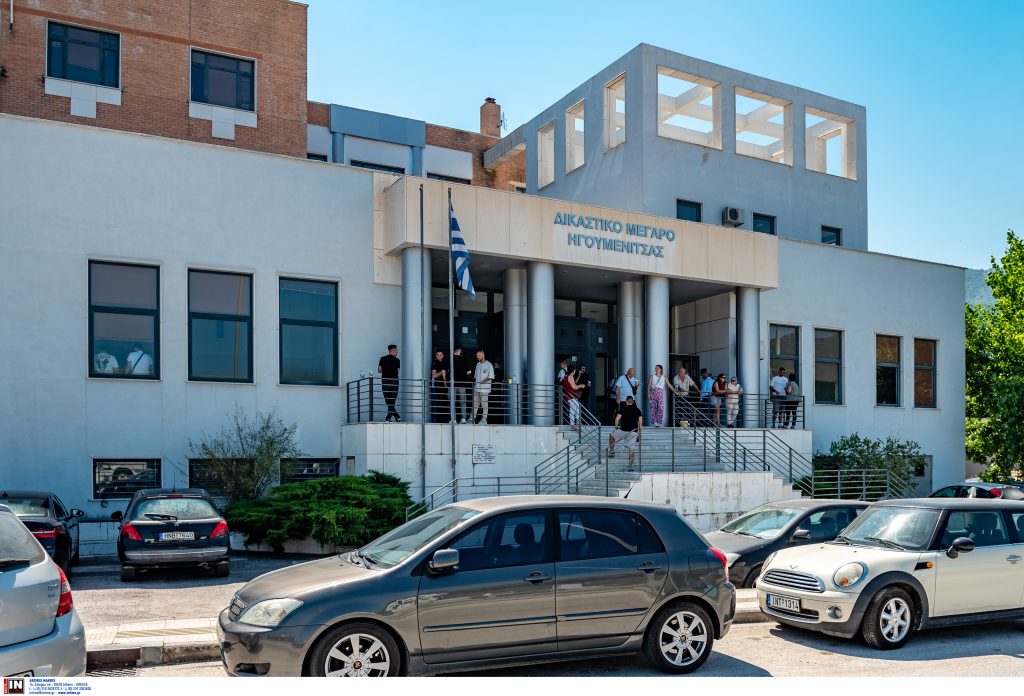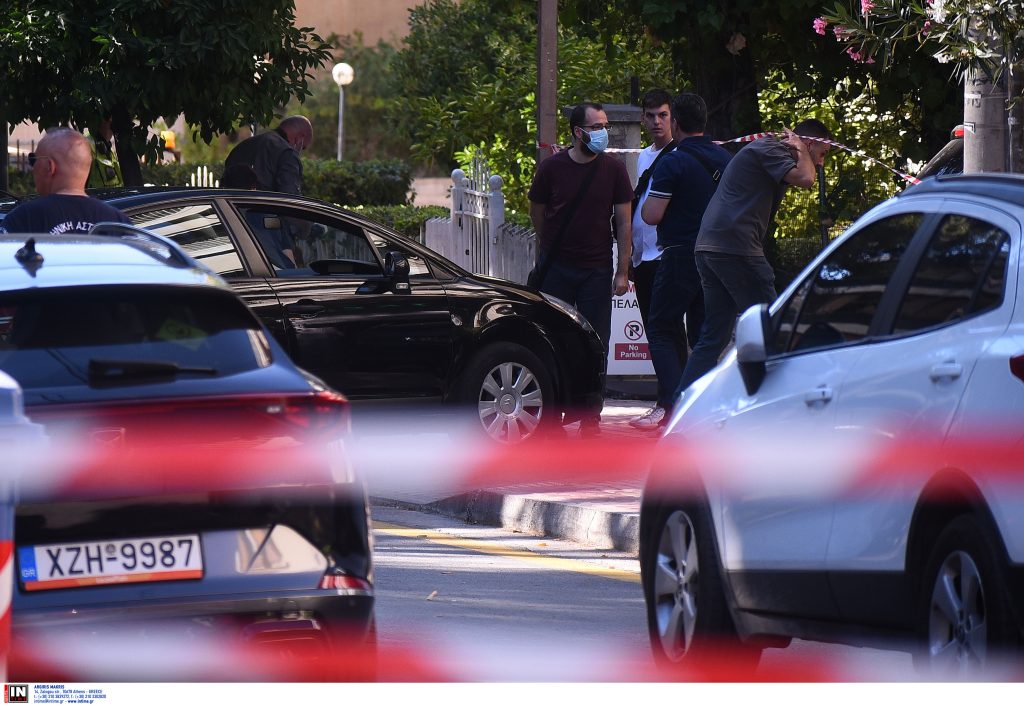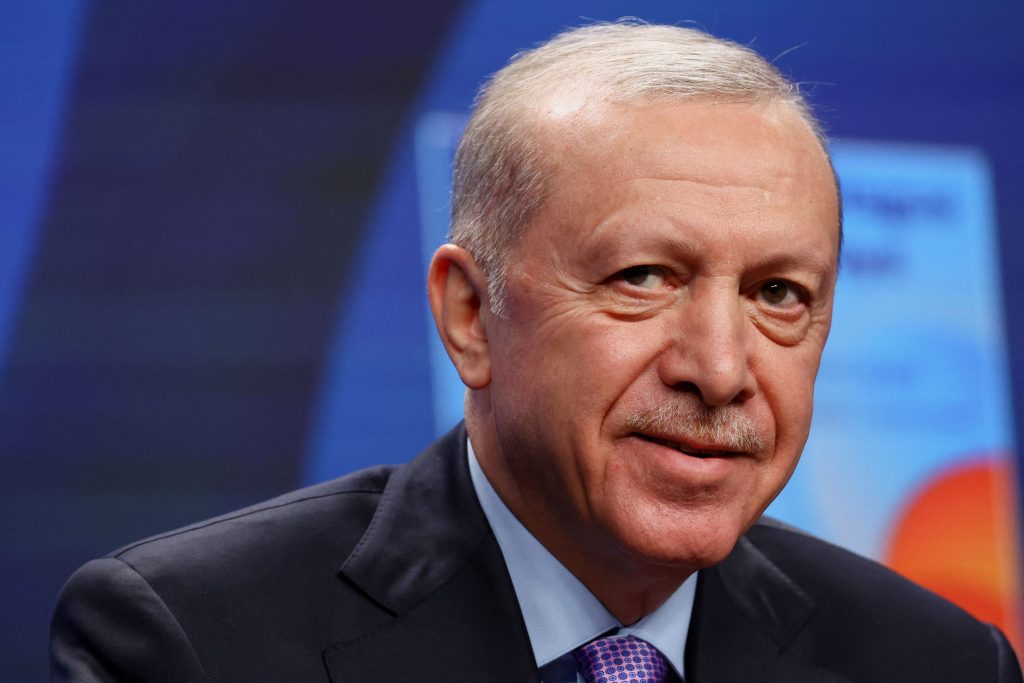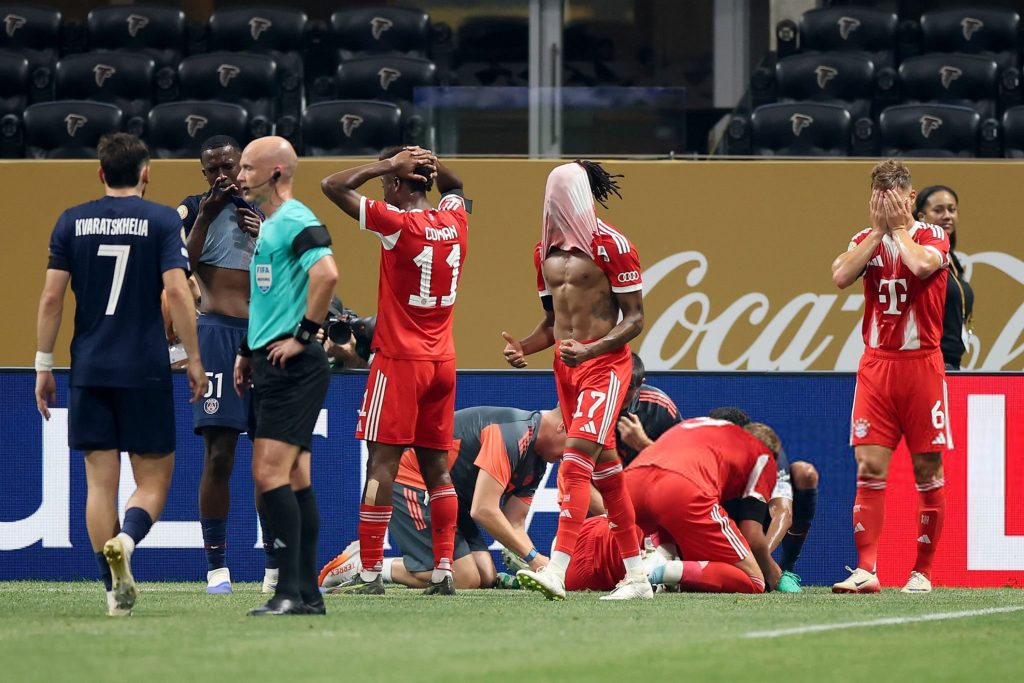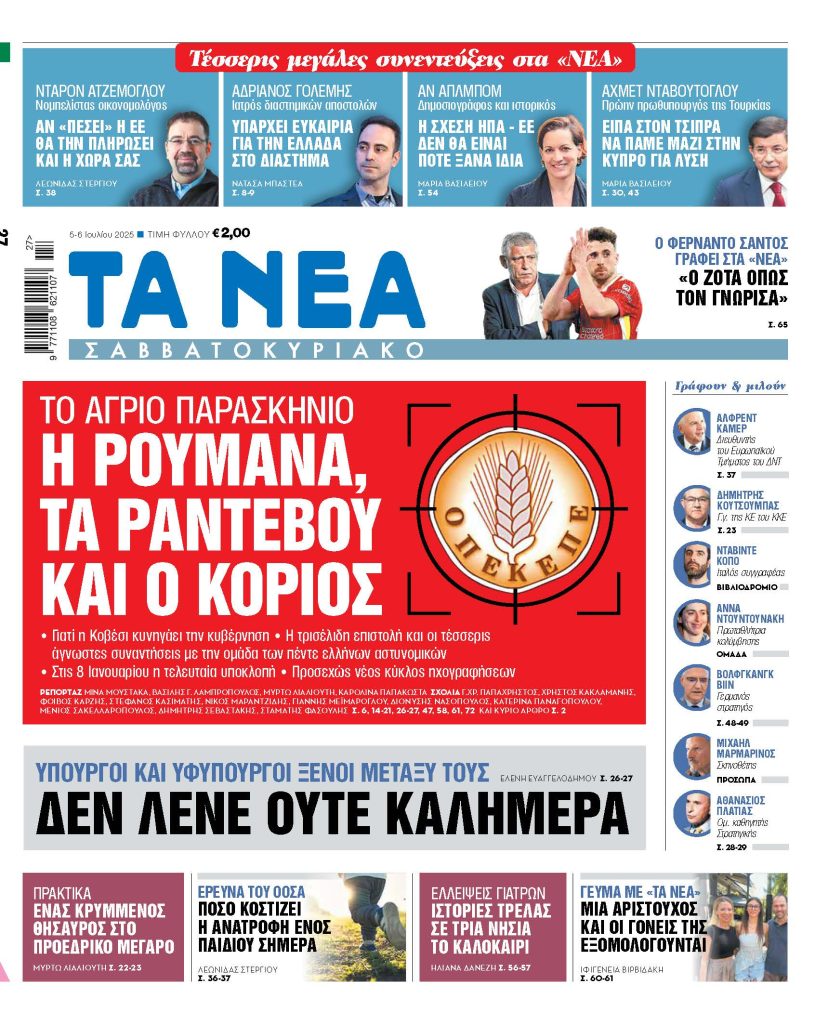The recent Eurogroup at last struck a compromise on the eurozone’s huge pandemic recovery package, but make no mistake, for the member-states to transcend their differences and strike a deal it took tough negotiations of the kind to which the EU is accustomed.
Yet it also was motivated by the fear that the markets would be unforgiving in the event of yet another eurozone deadlock.
The partners had a duty to avoid subjecting the economy to additional trials and they fulfilled it with a compromise.
Yet how will obligations that are not measured in political terms or in terms of historical responsibility but rather in euros be paid off?
It would wrong to believe that the compromise reached in the Eurogroup really answers that question.
The eurozone partners passed the major hurdles of a communications breakdown and disagreement, but the challenges in enforcing the agreement remain.
The agreement determines the general framework and as is well known the devil is in the details.
Those “details” will determine if the compromise will sway toward the hard line of Northern European countries or toward giving a lifeline to the countries of Southern Europe.
They will also reveal the efficiency of the European Stability Mechanism and of the nascent European Recovery Programme.
What conditionalities will turning to one or the other funding source entail? Will they be few or will there be many that are not now discernable?
All of this means that the negotiations did not end at the Eurogroup on Thursday night.
They will soon continue – until new compromises are struck.
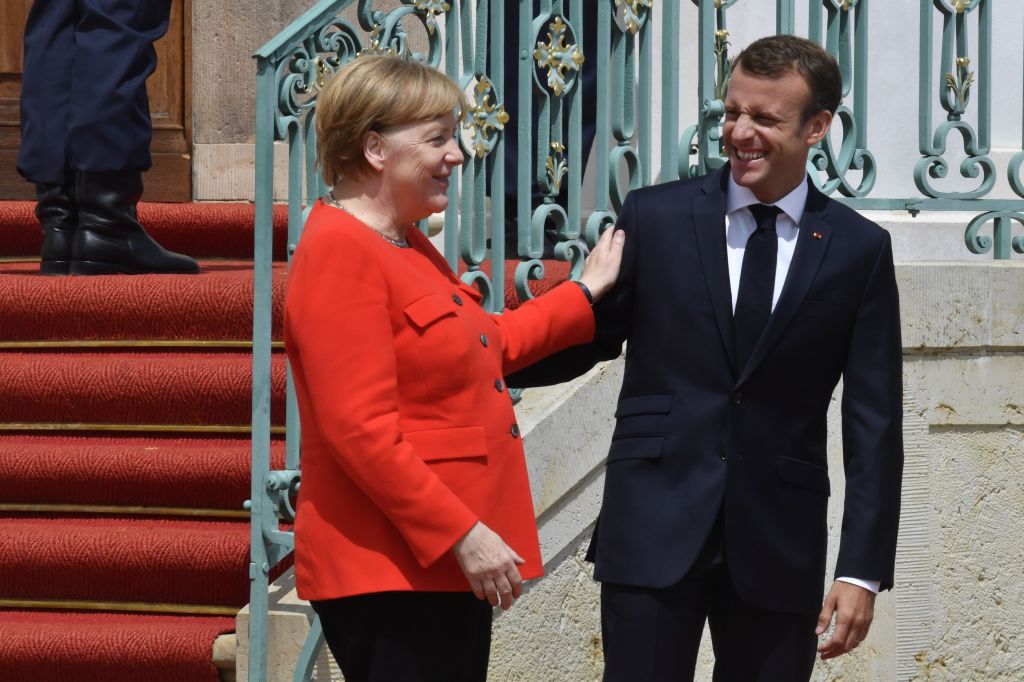



![Εκατομμυριούχοι: Η μεγαλύτερη μετακίνηση πλούτου στην ιστορία το 2025 [γράφημα]](https://www.ot.gr/wp-content/uploads/2024/04/money-2048x1366-1-600x400.jpeg)


